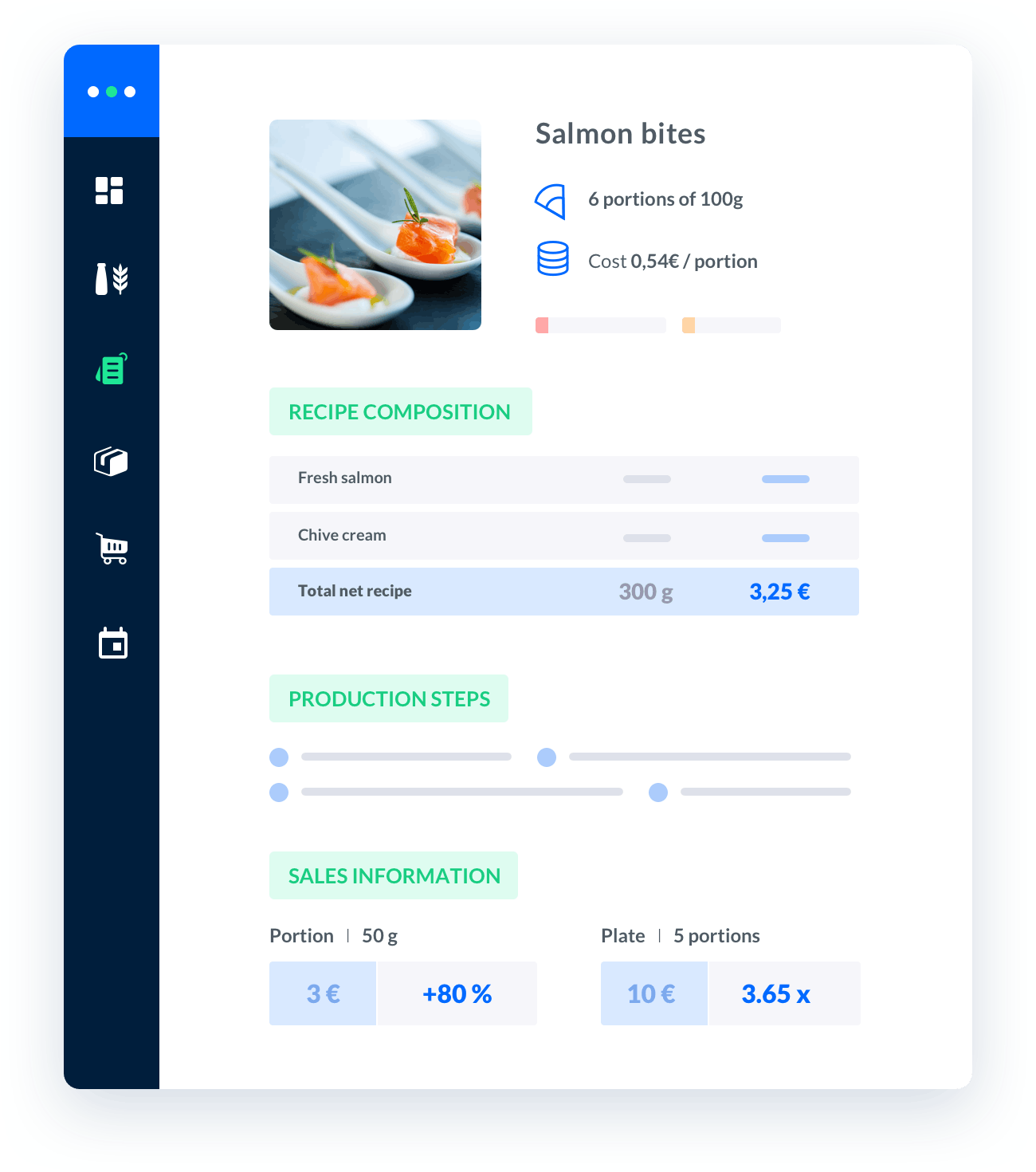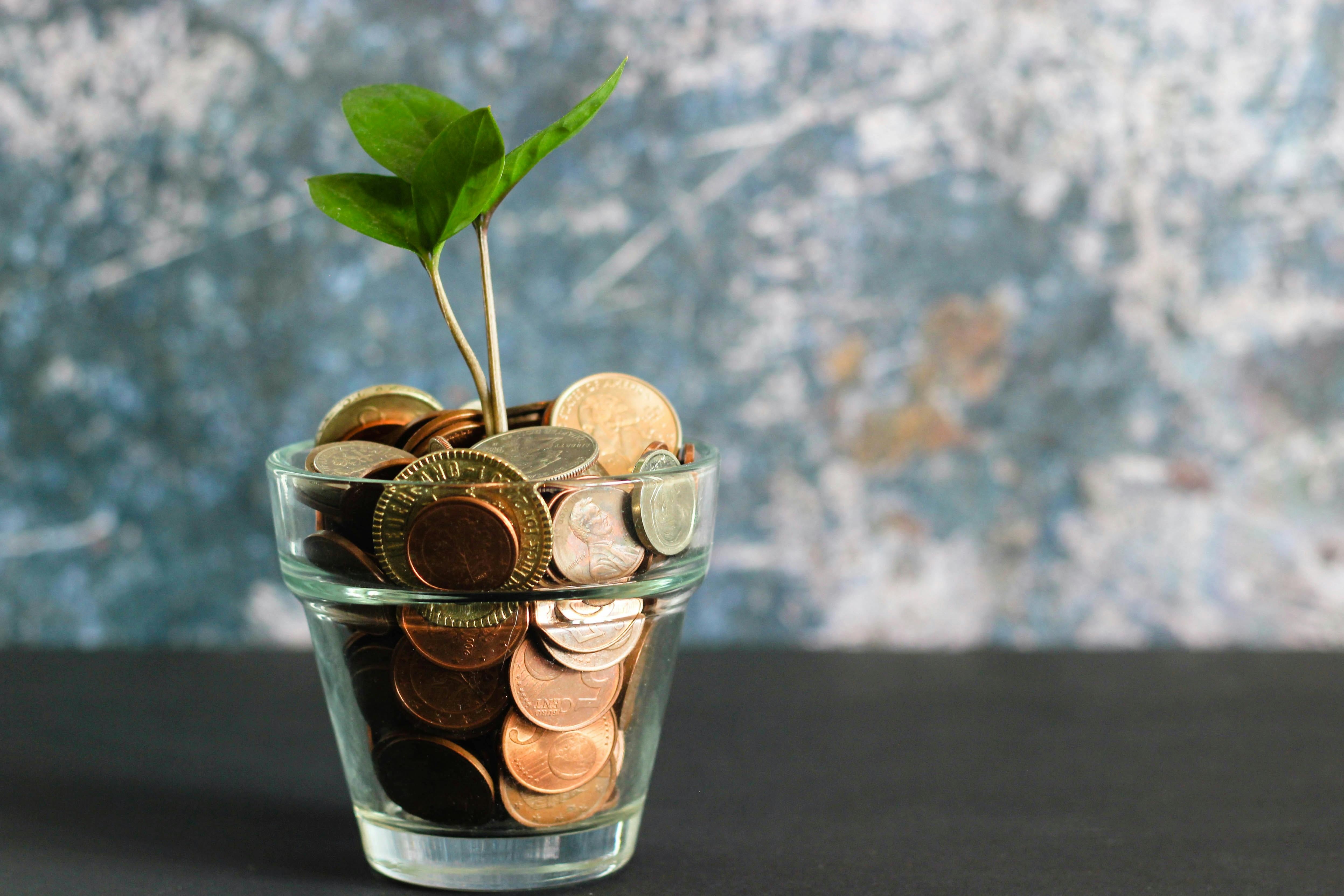what is a good beverage cost percentage
What is a Good Beverage Cost Percentage?In the catering industry, understanding the concept of beverage cost percentage is essential for managing profitability and ensuring business success.

Melba: the food cost app to optimize the profitability of your restaurant
Discover how to optimize the profitability of your restaurant with melba

The ultimate guide to food cost restaurant
Learn more about the food cost basis and how to reduce your food cost percentage
What is a Good Beverage Cost Percentage?
In the catering industry, understanding the concept of beverage cost percentage is essential for managing profitability and ensuring business success. This percentage represents the proportion of total beverage costs to the revenue generated from beverage sales. A good beverage cost percentage varies depending on several factors, including the type of establishment, location, target market, and pricing strategy. In this article, we will delve into the details of what constitutes a good beverage cost percentage and provide valuable insights for professionals in the industry.
The Importance of Beverage Cost Percentage
Accurately calculating and maintaining an optimal beverage cost percentage is crucial for a catering business. It allows you to assess the effectiveness of your pricing strategy, control costs, identify potential areas of improvement, and maximize profitability. By analyzing this metric, you gain valuable insights into the financial health of your beverage operations and can make informed decisions to enhance your bottom line.
Factors Affecting Beverage Cost Percentage
Several factors influence the ideal beverage cost percentage for a catering establishment. These include:
- The type of establishment: Different types of establishments, such as fine dining restaurants, bars, cafes, or quick-service restaurants, have varying cost structures and target markets. Consequently, the acceptable beverage cost percentage may differ.
- Location: The geographical location of your business plays a vital role in determining your beverage cost percentage. Costs associated with sourcing ingredients, taxes, and regional pricing trends can significantly impact this percentage.
- Target market: Understanding your target market's preferences, spending habits, and price sensitivity is crucial. The beverage cost percentage should align with your target market's expectations and willingness to pay.
- Pricing strategy: Establishing an effective pricing strategy is essential for optimizing beverage cost percentage. Factors to consider include competitor pricing, perceived value, overhead expenses, and profit margins.
- Inventory management: Efficient inventory management practices help minimize waste, spoilage, and theft, which directly impact your beverage cost percentage. Implementing inventory control measures and conducting regular audits can help reduce costs and improve profitability.
What Constitutes a Good Beverage Cost Percentage?
Determining what qualifies as a good beverage cost percentage can be subjective, as it varies based on the factors mentioned above. However, as a general guideline, a good beverage cost percentage typically falls within the range of 20% to 30%. This range ensures that costs are controlled without sacrificing profitability or compromising the quality of beverages served.
Optimizing Beverage Cost Percentage
To optimize your beverage cost percentage, consider implementing the following strategies:
1. Regular Menu Analysis
Conduct a comprehensive analysis of your beverage menu on a regular basis. Identify the top-selling items, evaluate their profitability, and assess their contribution to overall revenue. This analysis will help you make informed decisions regarding pricing adjustments, promotions, or menu engineering to optimize your beverage cost percentage.
2. Supplier Negotiations
Establish and maintain good relationships with your suppliers. Regularly negotiate pricing, payment terms, and explore opportunities for bulk discounts. By reducing ingredient costs, you can positively impact your beverage cost percentage and overall profitability.
3. Staff Training and Efficiency
Well-trained staff can significantly impact your beverage cost percentage. Train your employees to accurately measure and pour beverages, minimize spillage, and prevent wastage. By improving operational efficiency, you can reduce costs and improve profitability.
4. Price Adjustments
Regularly evaluate your pricing strategy and adjust prices according to market trends, ingredient costs, and customer demand. Conduct market research to stay updated on competitor pricing and ensure your prices remain competitive while maintaining a healthy beverage cost percentage.
5. Technology and Software Solutions
Utilize technology and software solutions to streamline your inventory management and cost control processes. Implementing a robust inventory management system can help reduce waste, automate reordering, and provide valuable insights into your beverage cost percentage.
In Conclusion
A good beverage cost percentage is a critical metric for catering professionals. By understanding the factors influencing this percentage and implementing effective strategies to optimize it, you can maintain profitability, control costs, and ensure the success of your catering business. Regular monitoring, analysis, and adjustments are key to achieving a good beverage cost percentage that aligns with your business goals and market dynamics.






